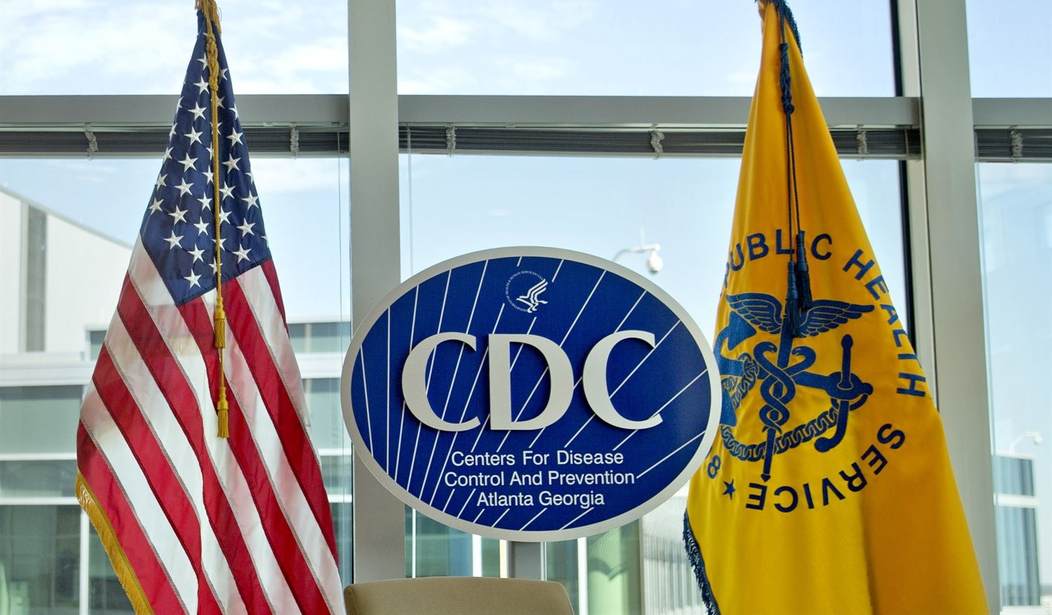In August of 2020, the New York Times published a fabulous article on COVID-19 PCR testing. It talked about how the most common test for COVID-19, the PCR test, detected the presence of the virus. It seeks out specific genes on the RNA of the virus through cycles of amplification. The analysis shared in the article and the experts interviewed discussed the cycle threshold or Ct, which is the number of times the sample is amplified to detect the gene targets. At that time, U.S. labs were using a Ct of 37-40.
The WHO noted in January of 2021 that the Ct is inversely proportional to the amount of virus in a patient’s body. The higher the Ct, the more difficult the genes are to detect. When the NYT published the article, the experts interviewed asserted a Ct around 30 was probably more indicative of someone who would become ill with COVID and have the ability to transmit the disease. If tests used that Ct, only 10% of New York, Massachusetts, and Nevada tests would have been considered positive.
This information was not published until August, which is rather astonishing since studies as far back as May of 2020 said that tests with a Ct of greater than 24 were incapable of infecting cell cultures. It also found that samples taken more than eight days after symptom onset were likely not infectious. Yet in the U.S., our labs were using significantly higher Cts, and when someone received a positive test, they were quarantined for 14 days, even if they never developed symptoms.
In June, after the first several studies that identified pre-existing immune responses in individuals not exposed to COVID-19, Dr. Beda M. Stadler, the former director of the Institute for Immunology at the University of Bern, a biologist and professor emeritus, offered a scientific explanation for the high number of “asymptomatic cases”:
If there are pathogenic viruses in our environment, then all humans — whether immune or not — are attacked by this virus. If someone is immune, the battle with the virus begins. First we try to prevent the virus from binding to our own cells with the help of antibodies. This normally works only partially, not all are blocked and some viruses will attach to the appropriate cells. That doesn’t need to lead to symptoms, but it’s also not a disease. Because the second guard of the immune system is now called into action. That’s the above mentioned T-cells, white blood cells, which can determine from the outside in which other cells the virus is now hiding to multiply. These cells, which are now incubating the virus, are searched throughout the entire body and killed by the T-cells until the last virus is dead.
So if we do a PCR corona test on an immune person, it is not a virus that is detected, but a small shattered part of the viral genome. The test comes back positive for as long as there are tiny shattered parts of the virus left. Correct: Even if the infectious viruses are long dead, a corona test can come back positive, because the PCR method multiplies even a tiny fraction of the viral genetic material enough [to be detected].
In July, Dr. Anthony Fauci gave weight to Stadler’s explanation. He said there was a consensus that tests with a Ct over 35 were picking up virus that was not replication-competent. A virus must be intact and capable of making copies of itself to be infectious. He said anything above that was highly likely to be “dead nucleotides,” or pieces of the virus. The CDC also acknowledged the ability of commercial tests to pick up viral debris when they discouraged retesting recovered patients the same month. They would have “dead nucleotides” floating around just like a person with a successful immune response who did not become ill, as explained by Stadler:
Recovered persons can continue to shed detectable SARS-CoV-2 RNA in upper respiratory specimens for up to 3 months after illness onset, albeit at concentrations considerably lower than during illness, in ranges where replication-competent virus has not been reliably recovered and infectiousness is unlikely.
Yet in the July update to the CDC’s laboratory guidance for the COVID-19 PCR test, on page 35, the Ct for a negative test is 40. So, the CDC told labs to amplify the sample for 40 cycles before declaring a test negative, higher than Fauci indicated was the consensus necessary to detect viruses that were intact and capable of infection. Then in September, researchers in France took 3790 samples and cultured them for live viruses. At a Ct of 35, less than 3% of samples produced positive cultures. Even at a Ct of 30, the rate was only 20%. The researcher’s note their findings were consistent with proposals in Taiwan and Korea and proposed:
From our cohort, we now need to try to understand and define the duration and frequency of live virus shedding in patients on a case-by-case basis in the rare cases when the PCR is positive beyond 10 days, often at a Ct >30. In any cases, these rare cases should not impact public health decisions.
This study led a court in Portugal to forbid public health officials from quarantining individuals based on a PCR test in November of 2020. It led to almost no changes in public health policy in the United States. The court placed these decisions back in the hands of medical professionals. The January guidance from The WHO, which also informs laboratories and healthcare providers that the predictive value of the test declines when the prevalence of the virus declines, seems to support this order:
Most PCR assays are indicated as an aid for diagnosis, therefore, health care providers must consider any result in combination with timing of sampling, specimen type, assay specifics, clinical observations, patient history, confirmed status of any contacts, and epidemiological information.
In other words, a positive COVID-19 PCR test is not a definitive diagnosis in the absence of a full assessment of the patient and the situation. Yet, in December of 2020, the revision to the CDC guidelines for laboratories still used a Ct of 40 as the threshold to be considered negative. There is not a subsequent document revision that I can locate. We also still have test sites disconnected from primary care providers and are still using a simple binary finding of positive or negative at Ct values higher than Fauci indicated. Some patients simply get their results from an app. In a study published in December 2020, a system review of 29 studies at Oxford noted the following on samples capable of growing in a culture:
The data suggest a relationship between the time from onset of symptom to the timing of the specimen test, cycle threshold (Ct) and symptom severity. Twelve studies reported that Ct values were significantly lower and log copies higher in specimens producing live virus culture. Two studies reported the odds of live virus culture reduced by approximately 33% for every one unit increase in Ct. Six of eight studies reported detectable RNA for longer than 14 days but infectious potential declined after day 8 even among cases with ongoing high viral loads.
They also noted:
The evidence is increasingly pointing to the probability of culturing live virus being related to the amount of viral RNA in the specimen and, therefore, inversely related to the cycle threshold. Thus, detection of viral RNA per se cannot be used to infer infectiousness. Duration of excretion may also be linked to age, male gender and possibly use of steroids and severity of illness.
Despite these conclusions and the WHO guidance, the CDC website still says the Ct does not indicate illness severity or infectiousness, and different tests cannot be compared. I have been pointing out this research, the questions about testing, and reliance on a binary result since late last summer. The above is a fraction of what I have tried to share and even been censored for. Then this morning, I saw the link to a CDC document.
When the CDC is investigating breakthrough cases of COVID-19 after vaccination, they specify a positive test at a Ct of 28 or less without limiting the brand PCR test. That is quite a feat since the agency tells providers they can’t compare different trials. The government closed businesses, closed schools, made you cover your face and the face of your children for over a year using tests significantly more sensitive than that using a binary result. Portugal protected the liberty and freedom of their citizens better than our government did by requiring a medical determination.
Further, the idea of asymptomatic super spreaders has never been supported, let alone explained. Dr. Fauci said in January of 2020 that asymptomatic individuals have never been the primary drivers of transmission for respiratory viruses. It was never implicated in SARS, MERS, or any other coronavirus. If people who never become symptomatic are a primary driver of COVID-19 transmission, that would require an extraordinary explanation. Do not confuse asymptomatic spread with those who have mild, non-specific symptoms and later become ill. That is known as prodromal spread and is a common feature of respiratory viruses.
Our public health bureaucracy has caused untold economic, educational, physical health, and mental health damage by quarantining the healthy based on a binary measure that researchers worldwide and outside the government have been questioning and publishing on for a year. They likely also overstated the number of death due to COVID-19 by a significant margin because people admitted for other medical problems are routinely tested. Now they are judging the effectiveness of a vaccine using a much lower standard. Americans deserve to know why and our elected representatives should be ruthless on our behalf in finding out.










